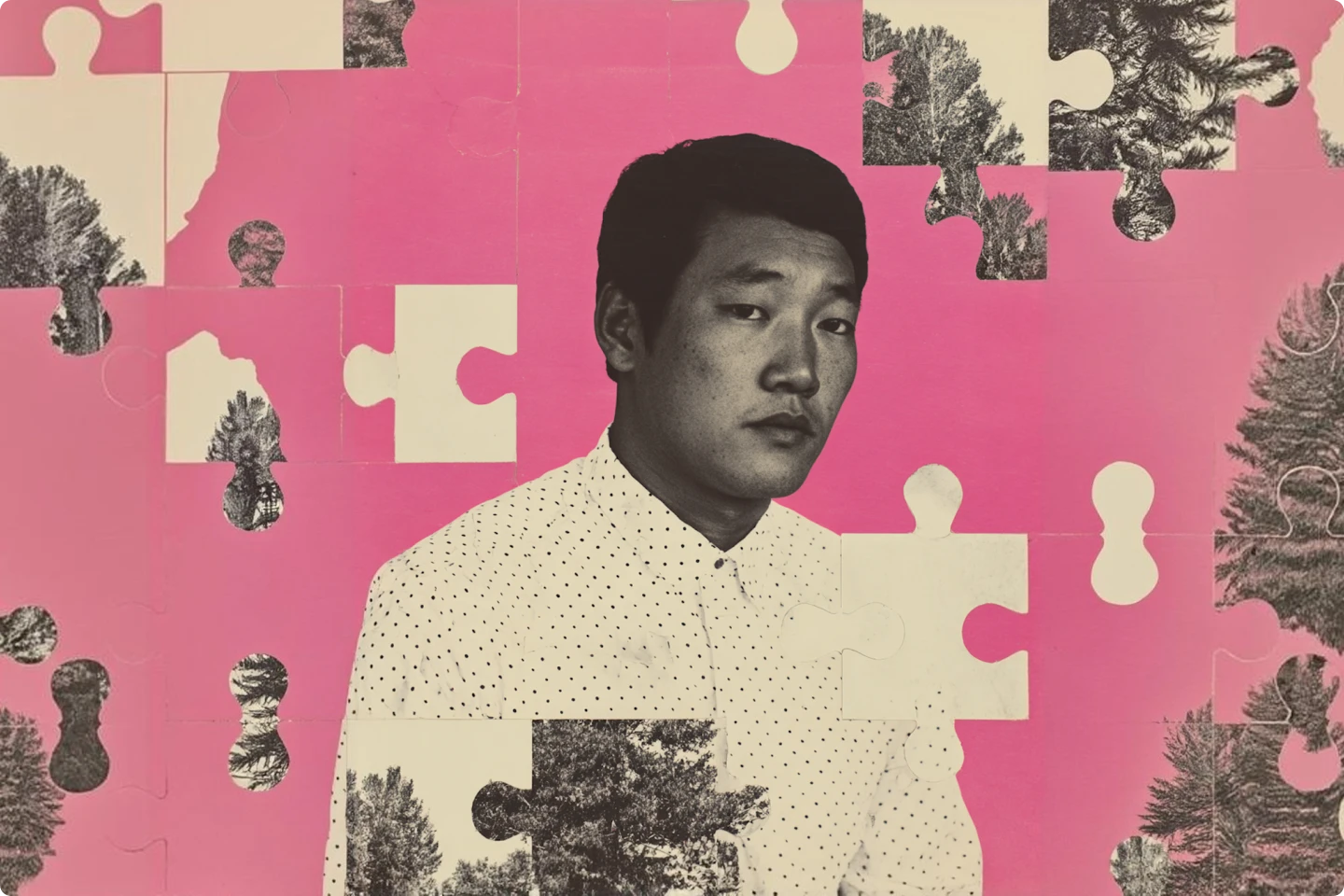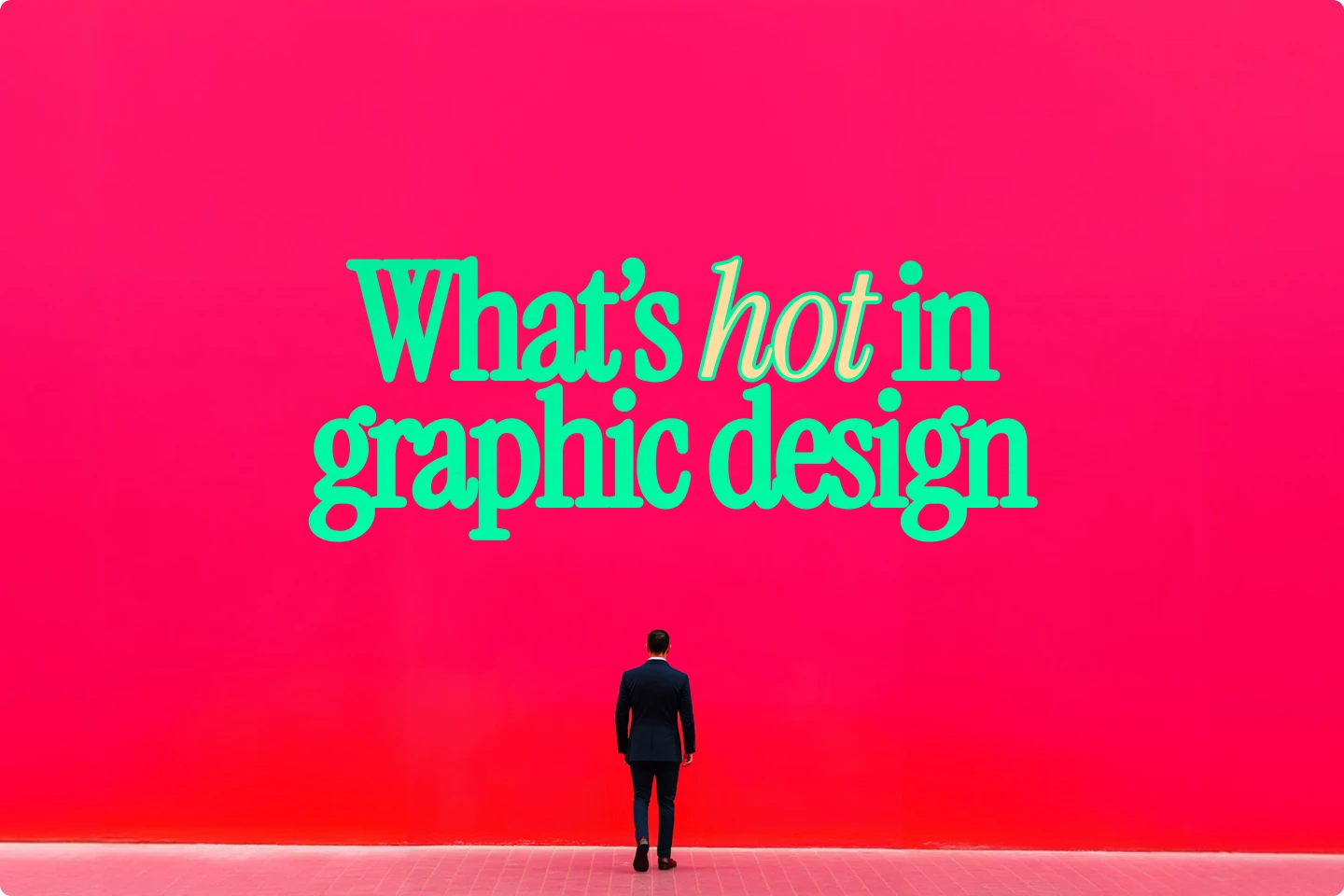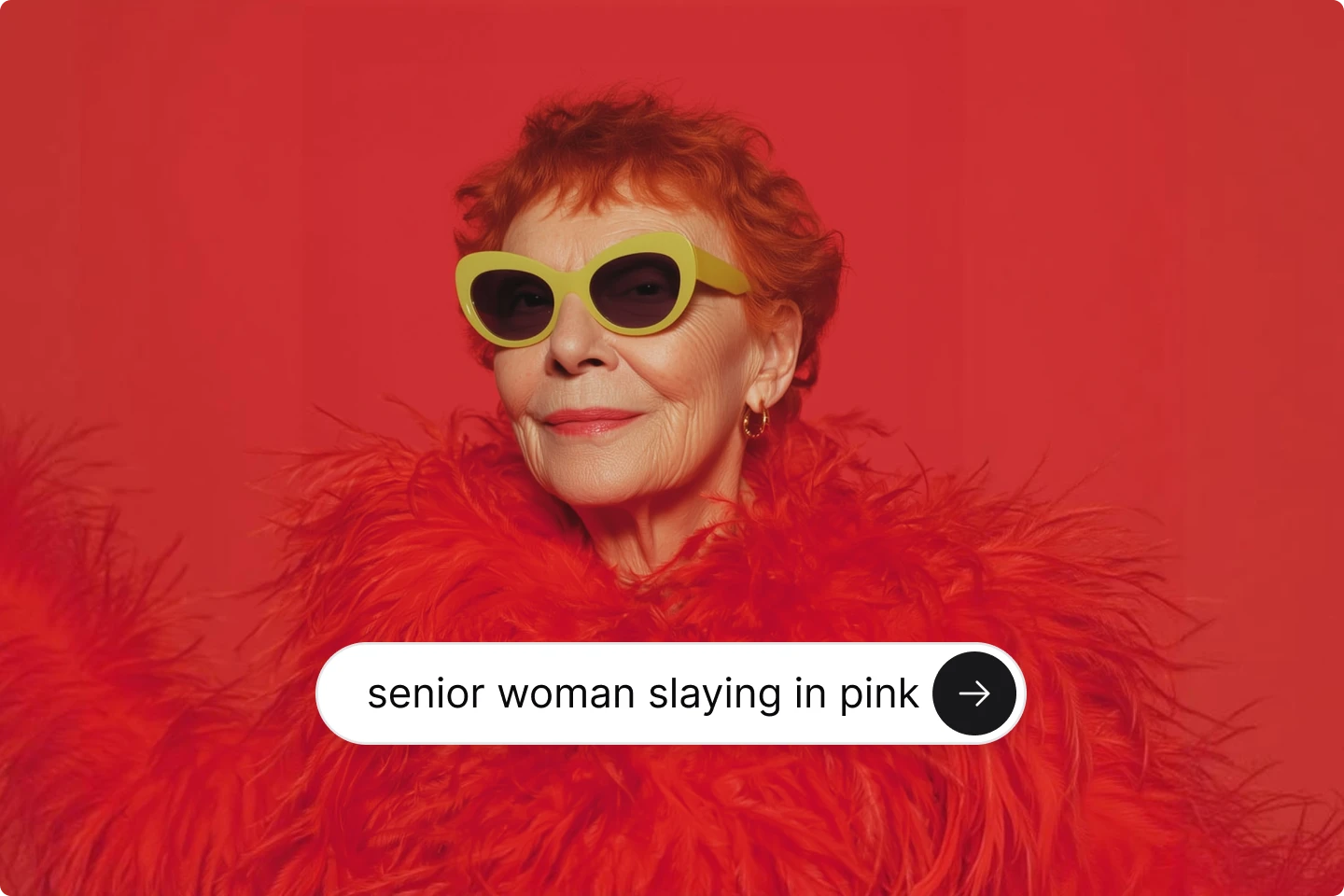A complete guide to the 8 different types of graphic design


Graphic design comes in a variety of shapes and forms. From packaging design to UI design, here is a guide to understanding the eight types of graphic design.
Graphic design has never been more versatile, more collaborative, or more essential. It influences the websites we click, the products we buy, the apps we trust, and even the communities we join. Yet, for all its visibility, graphic design isn’t one uniform discipline. It’s a world of specializations, each with its own priorities, tools, and creative goals.
For a long time now, the field has expanded far beyond posters and logos. Designers today are working across platforms and mediums. That includes interactive mobile interfaces, AI-assisted branding kits, short-form motion content, and tactile packaging experiences. With this expansion comes a new challenge: figuring out which kind of graphic design suits your vision, your workflow, and your career goals.
So whether you're a beginner mapping out your first creative steps or a working designer considering a new niche, this guide breaks down the most relevant and in-demand types of graphic design right now.
Why should I know different types of graphic design?
The lines between creative roles are getting blurrier. At the same time, the core types of design are becoming more defined. A designer who specializes in logo creation works very differently from one who builds web design systems. Similarly, a packaging design might not overlap at all with someone focused on social ads or digital product interfaces.
Knowing the difference helps everyone involved. For businesses, it leads to smarter hiring. For creatives, it helps focus your energy and build relevant skills. And for cross-functional teams, it ensures smoother collaboration.
It also helps build mutual respect between roles. A brand designer might define a company’s tone and visual identity, while a marketing designer translates that tone into campaigns. They both shape the user experience, yet use completely different approaches and tools.
Another reason this matters? Tools are now tailored to different design needs. Knowing what you want to specialize in helps you choose the right software, and avoid wasting time on the wrong ones.
And don’t forget the audience factor. Designing for a printed magazine is different from designing an interactive dashboard. The visual elements you focus on, the design principles you follow, and even the color psychology can all shift based on context.
That’s why this breakdown is more than just a list. It’s a roadmap to help you match your creative strengths with the right type of work.
Breaking down the types of graphic design
Before jumping into the list, there’s one important thing to keep in mind: most designers don’t fit neatly into just one category. You might be a UI designer who enjoys illustrating on the side. Or maybe you dabble in packaging design while running your own branding freelance studio.
This list is here to give structure and give you a sense of what’s out there. These eight design types represent the most active areas of work today. Once you understand them, you’ll be better equipped to explore the paths that feel right for you.
1. UI graphic design (User interface design)
UI graphic design focuses on the look and feel of digital experiences. That includes mobile apps, websites, dashboards, and touchscreen tools. A good user interface blends beauty with usability and the latest UI design trends. And the UI designer is the one who makes that possible.
Unlike user experience design, which maps the journey, UI design refines the visuals along that path. That means layout, spacing, color schemes, typography, and visual feedback like hover states or tap animations. It’s where interaction and aesthetics meet.
Designers in this space use tools like Figma and Framer to create modular, scalable systems. They often work with developers and UX designers to ensure that every element on screen is purposeful and accessible.
2. AI graphic design
AI graphic design is transforming the way creatives work. Instead of spending hours on repetitive edits or generating concepts from scratch, designers now work alongside artificial intelligence. The result is faster output and more room for creative exploration.
With tools like Midjourney, Lummi, and other powerful products, designers can prompt AI to generate layouts, illustrations, or visual identities. AI can also analyze key elements like balance, contrast, or alignment and suggest improvements.
But AI doesn't eliminate the need for taste or judgment. The designer still decides what fits the brief, aligns with the brand, and tells the right story.
If you want to explore some of the best examples of AI graphic designers, just check out the community of Lummi creators.
3. Motion Graphic Design
Motion design brings visuals to life. Whether it’s animated infographics, logo reveals, tutorial videos, or transitions in a mobile app, this type of design uses movement to reinforce meaning.
Motion designers often collaborate with marketers, UI teams, and video editors. Their work appears in everything from product ads to educational content and is increasingly essential for platforms like TikTok, YouTube, and Reels.
They use tools like After Effects, Blender, and Lottie to animate text, icons, and illustrations. And their role doesn’t stop at entertainment. Motion design also improves user experience. Think of the subtle bounce of a button or a loading animation that gives users feedback while they wait.
4. Packaging graphic design
Packaging design is where branding gets physical. It’s the sleeve on your favorite coffee bag, the embossing on a luxury skincare bottle, and the box you save just because it looks that good.
Designers in this space combine structural thinking with visual strategy. Their work must look appealing, hold up in real-world conditions, and meet printing requirements. Often, they juggle dielines, folding patterns, material textures, and sustainability goals alongside the design itself.
Packaging designers collaborate with brand identity teams, product developers, and manufacturers to get everything just right.
5. Publication graphic design
Publication design revolves around delivering long-form content in a way that’s easy and enjoyable to read. This includes magazines, editorial features, printed books, digital flipbooks, and even interactive PDFs.
These designers think in columns, grids, and spreads. They manage flow across pages, guide the reader’s eye, and use typography and imagery to break up dense content.
While print design was once the main focus, many publication designers now work on digital formats too. That means adapting content to mobile-friendly layouts, optimizing for screen reading, and designing interactive elements like embedded links or video.
6. Marketing graphic design
Marketing design supports campaigns, promotions, product launches, and everyday brand communication. It’s fast, collaborative, and results-driven.
Designers in this role create email banners, landing pages, carousel ads, and social media graphics. They work closely with writers, content strategists, and brand managers to create visuals that align with messaging goals and drive engagement.
What sets marketing design apart is scale. You might design one social asset and then reformat it for ten platforms in multiple sizes. Flexibility and speed are key.
This type of design calls for a balance between creativity and consistency. A successful designer adapts to changing trends while sticking to brand identity guidelines.
7. Illustrative graphic design
Illustrative design brings a personal, hand-crafted feel to visual storytelling. Instead of using pre-made assets or stock images, these designers create custom illustrations. Sometimes by hand, sometimes digitally, and often a mix of both.
You’ll see illustrative work in editorial design, product packaging, branded merch, and even UI design. It adds warmth, originality, and character.
There are dozens of tools to quickly and easily make doodles, but the real skill lies in understanding how to match illustration styles with brand tone and content goals.
If you love sketching or visual storytelling, this type of graphic design might be the most creatively fulfilling.
8. Logo graphic design
Logo designers specialize in capturing a brand’s essence in a single mark. That could be a monogram, a wordmark, a symbol, or a combination of all three.
This type of design requires deep thinking about brand personality, industry trends, symbolism, and how a logo will be used in the real-world. Scalability matters too. A great logo should look as good on a billboard as it does on a phone screen.
Logo designers often work as part of broader brand identity projects, collaborating with strategists and marketers to create consistent visual systems. But many also operate independently, crafting logos for startups, creators, or niche brands.
What kind of graphic designer are you?
Are you detail-driven and systems-focused? More experimental and expressive? Obsessed with visuals that sell? Or passionate about creating art that resonates?
You don’t have to pick just one lane. Many of today’s best creatives borrow skills from different areas—merging UI design with illustration, marketing with motion, or branding with AI tools.
Start with the type that inspires you most. Learn its tools, explore its visual language, and build small projects to practice. From there, you’ll naturally evolve your style—and maybe even create a new category of your own.
Key principles to avoid ugly and bad design


.webp)



